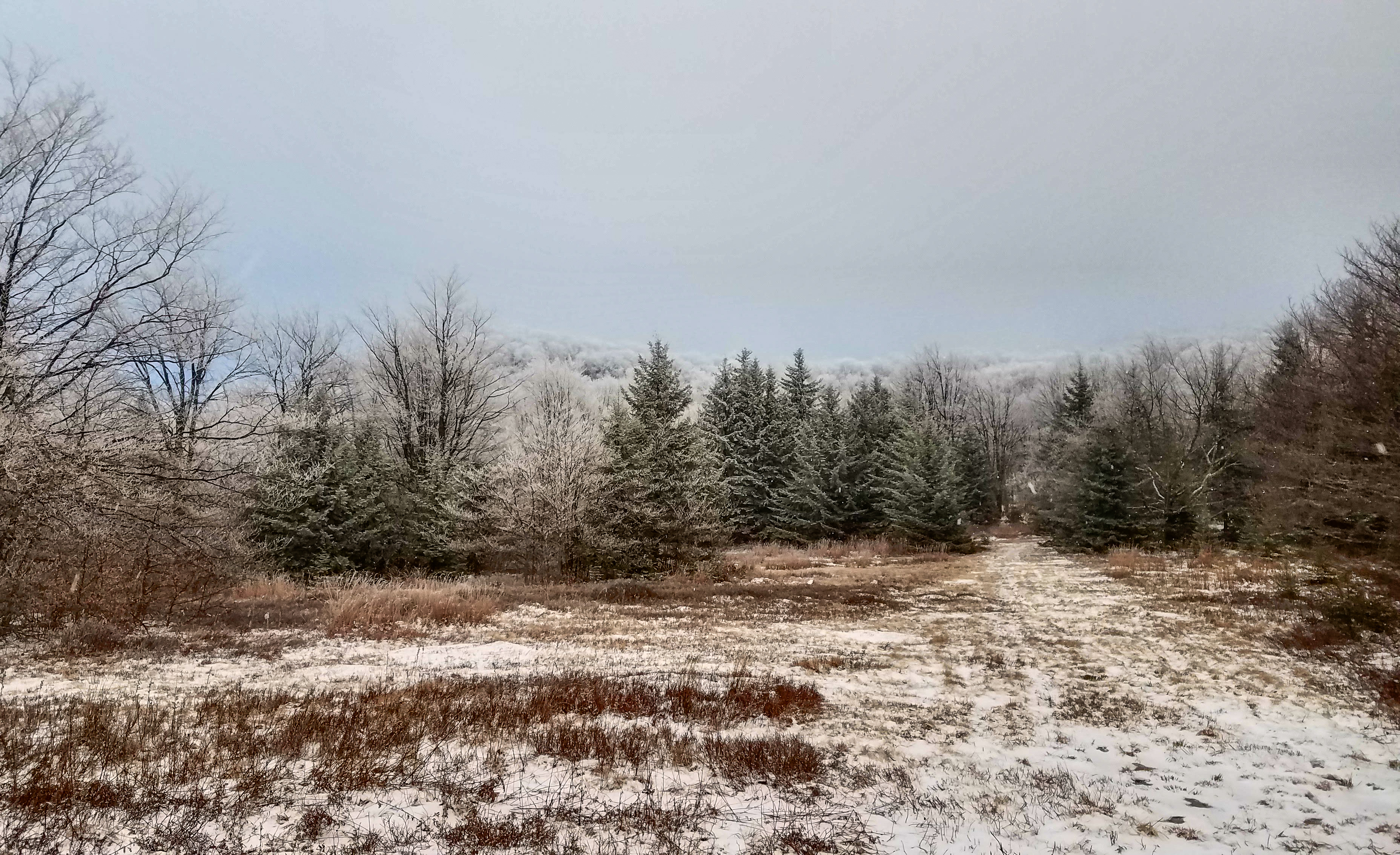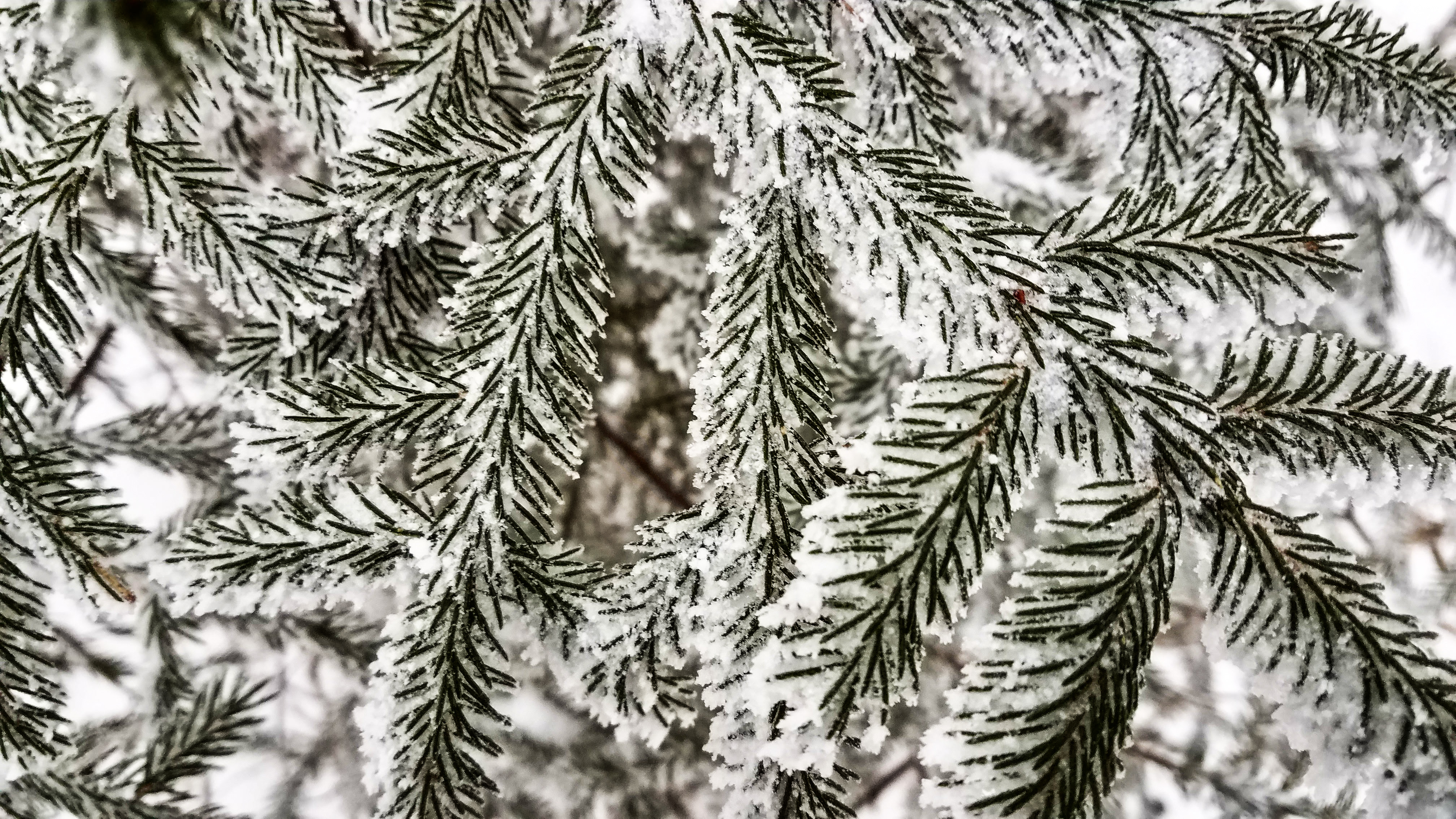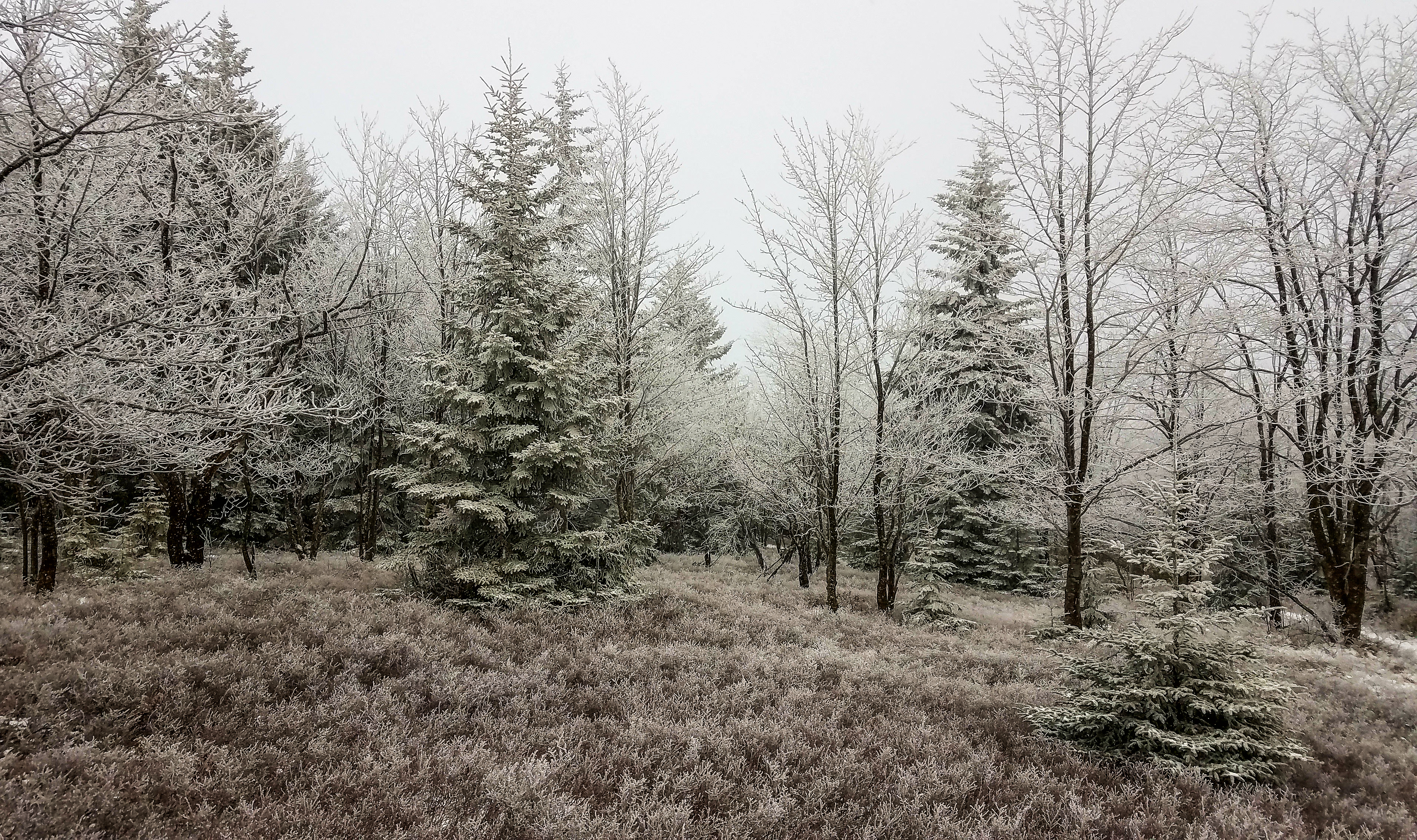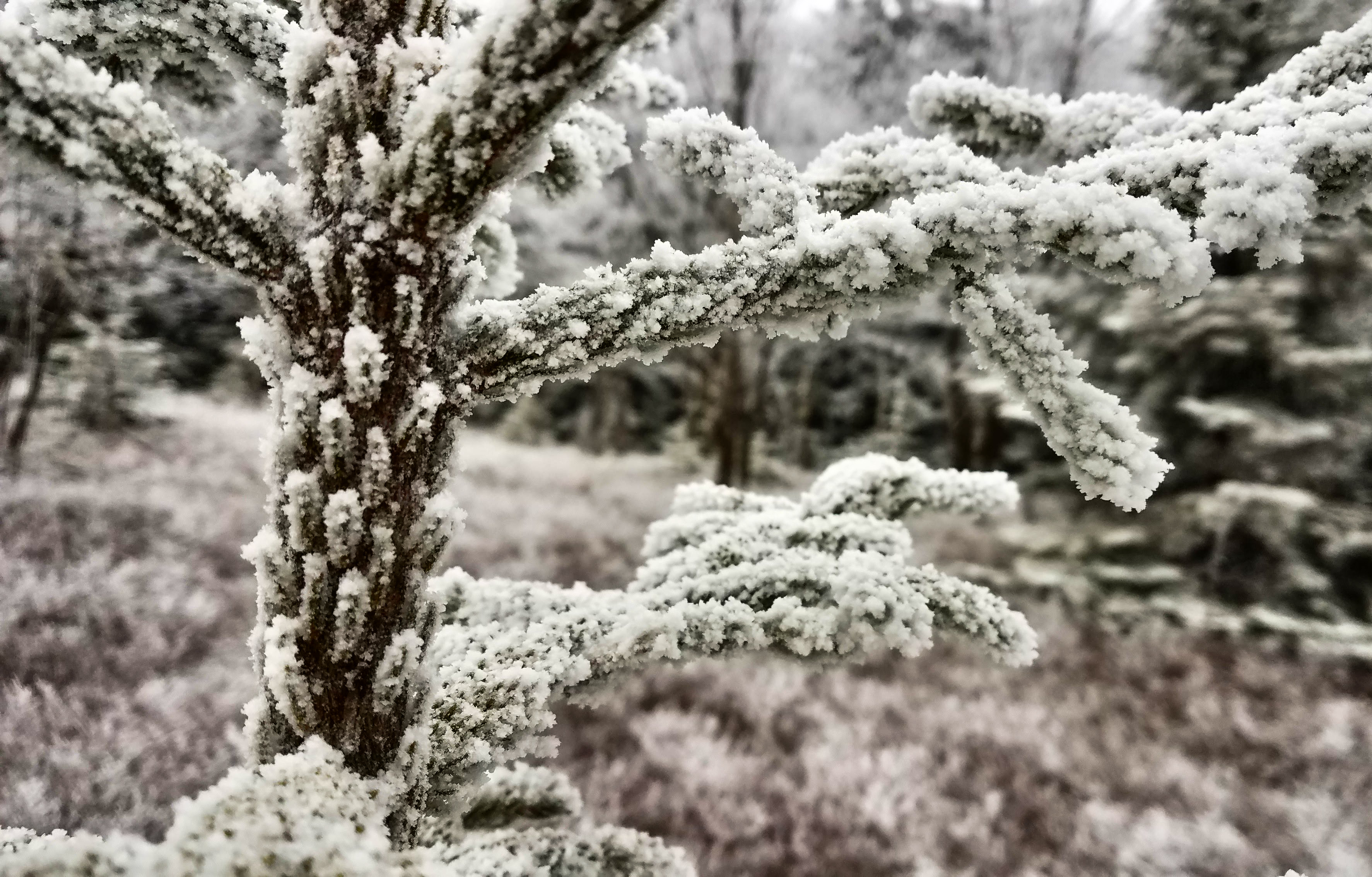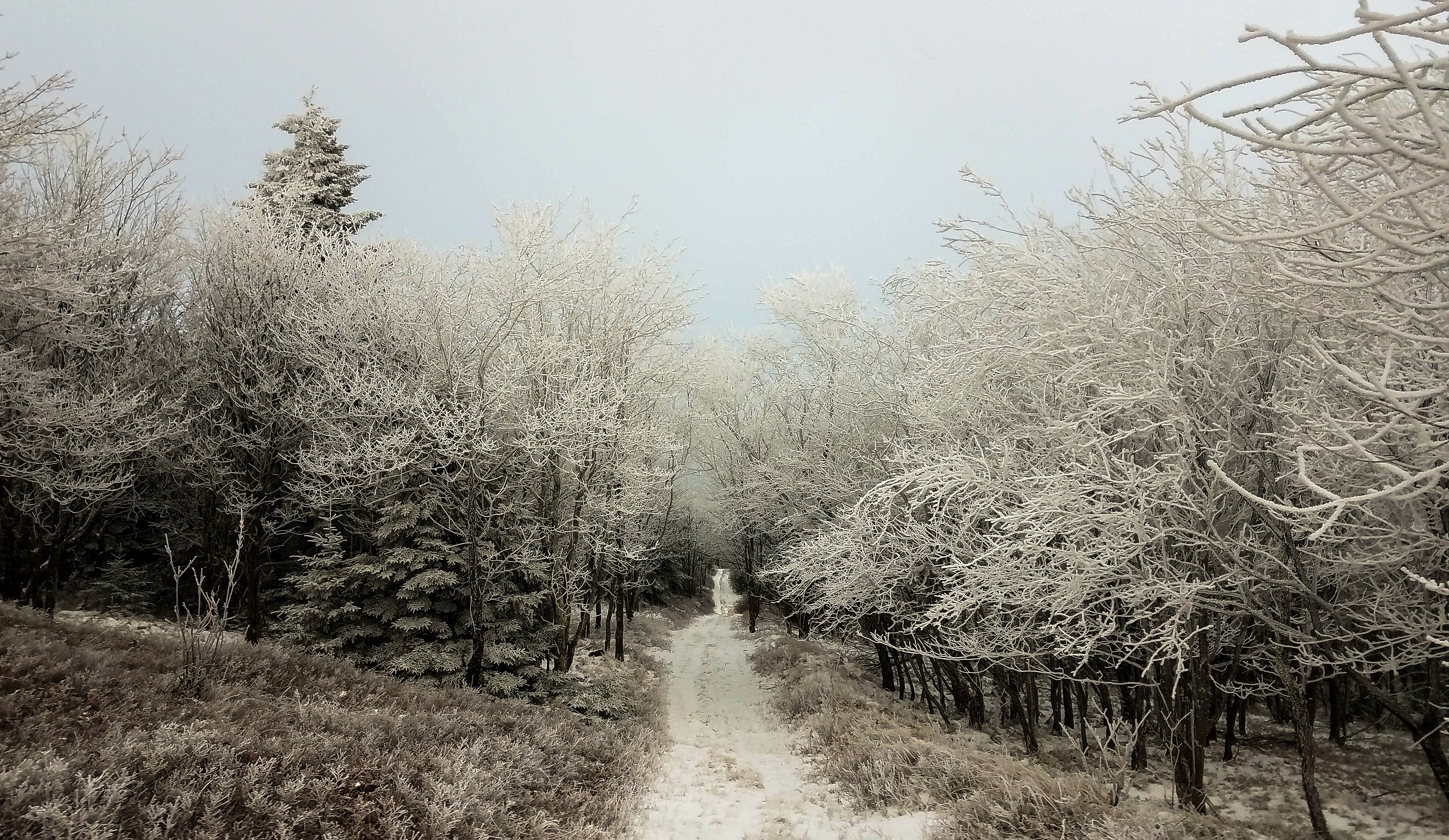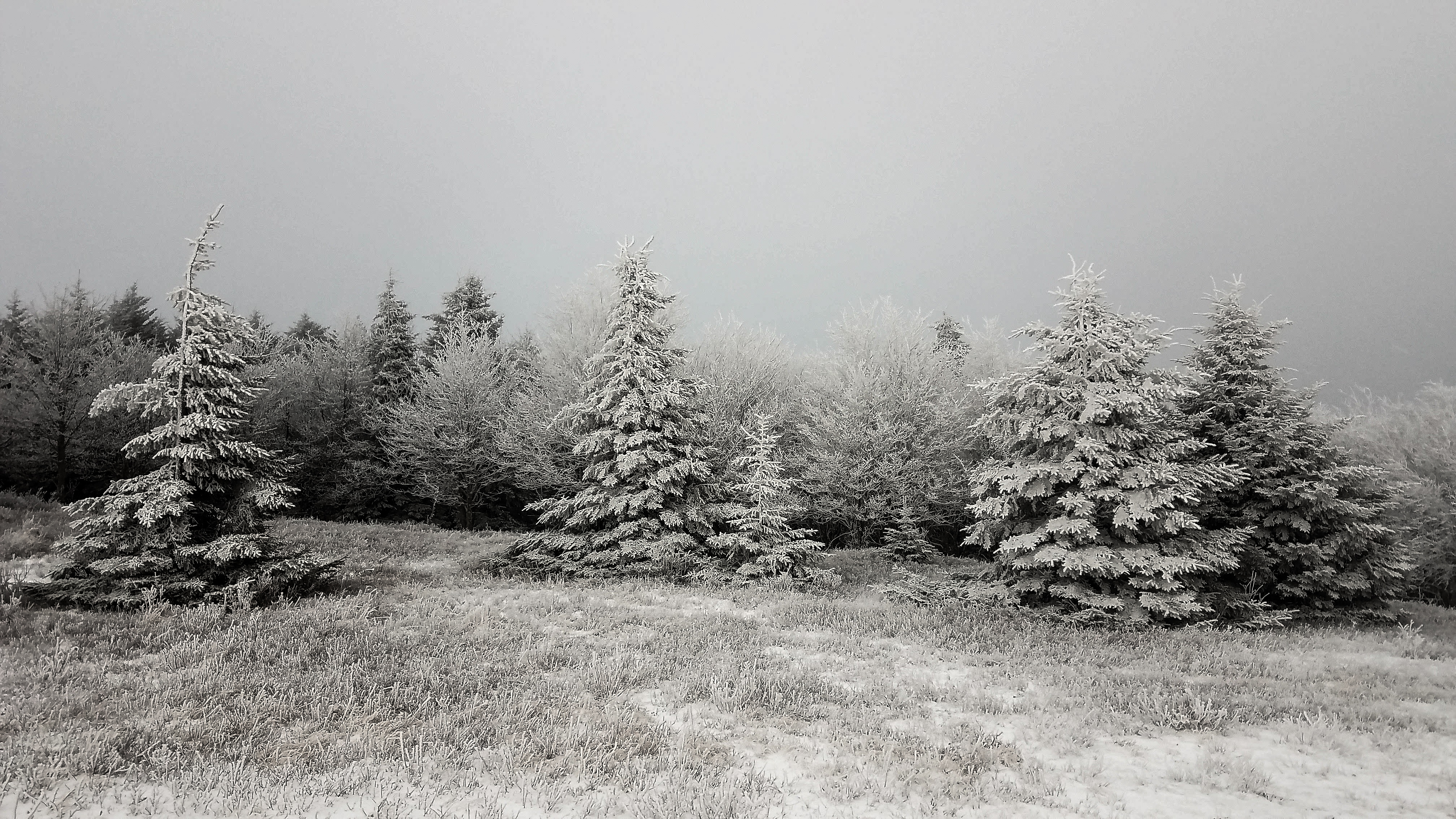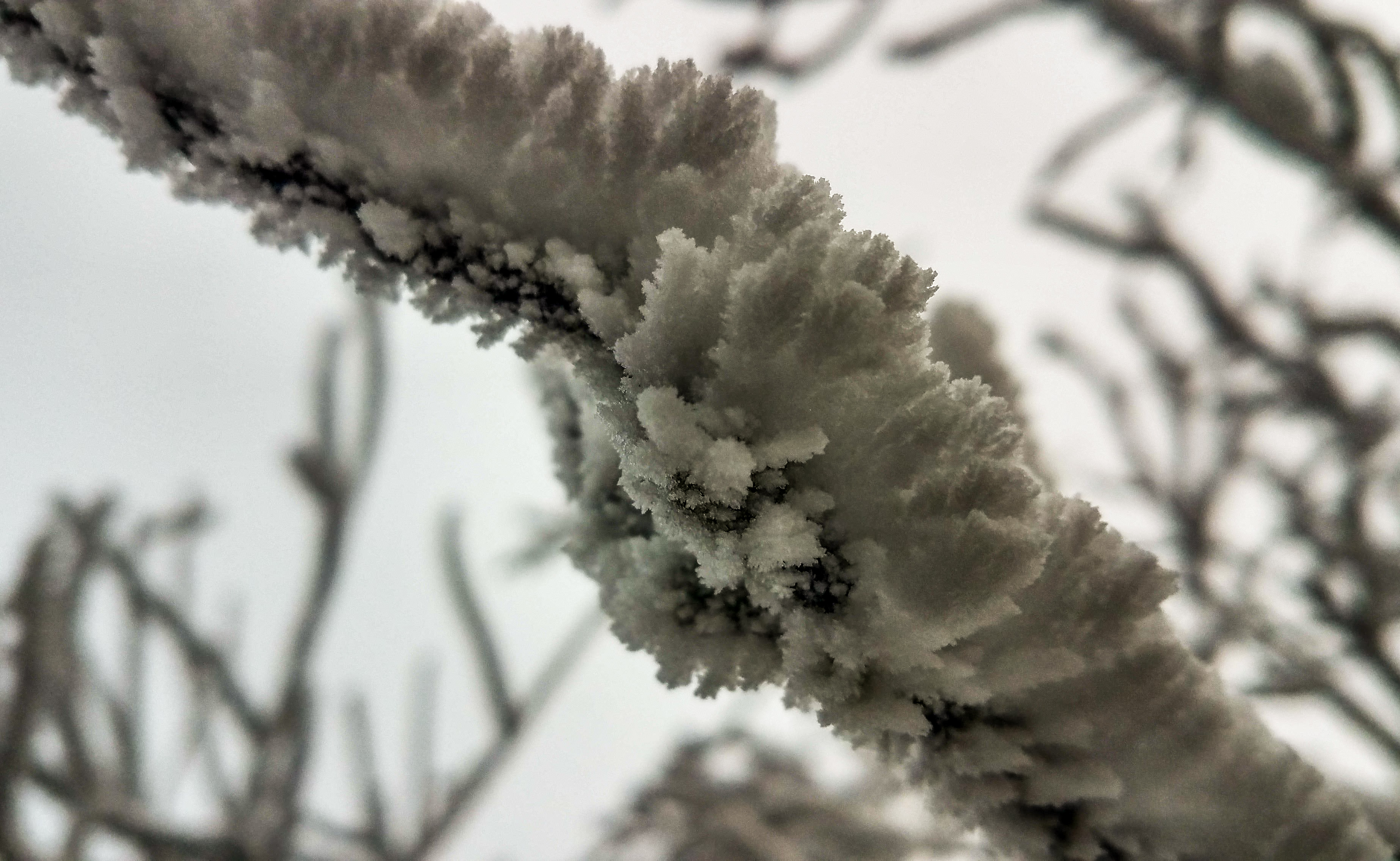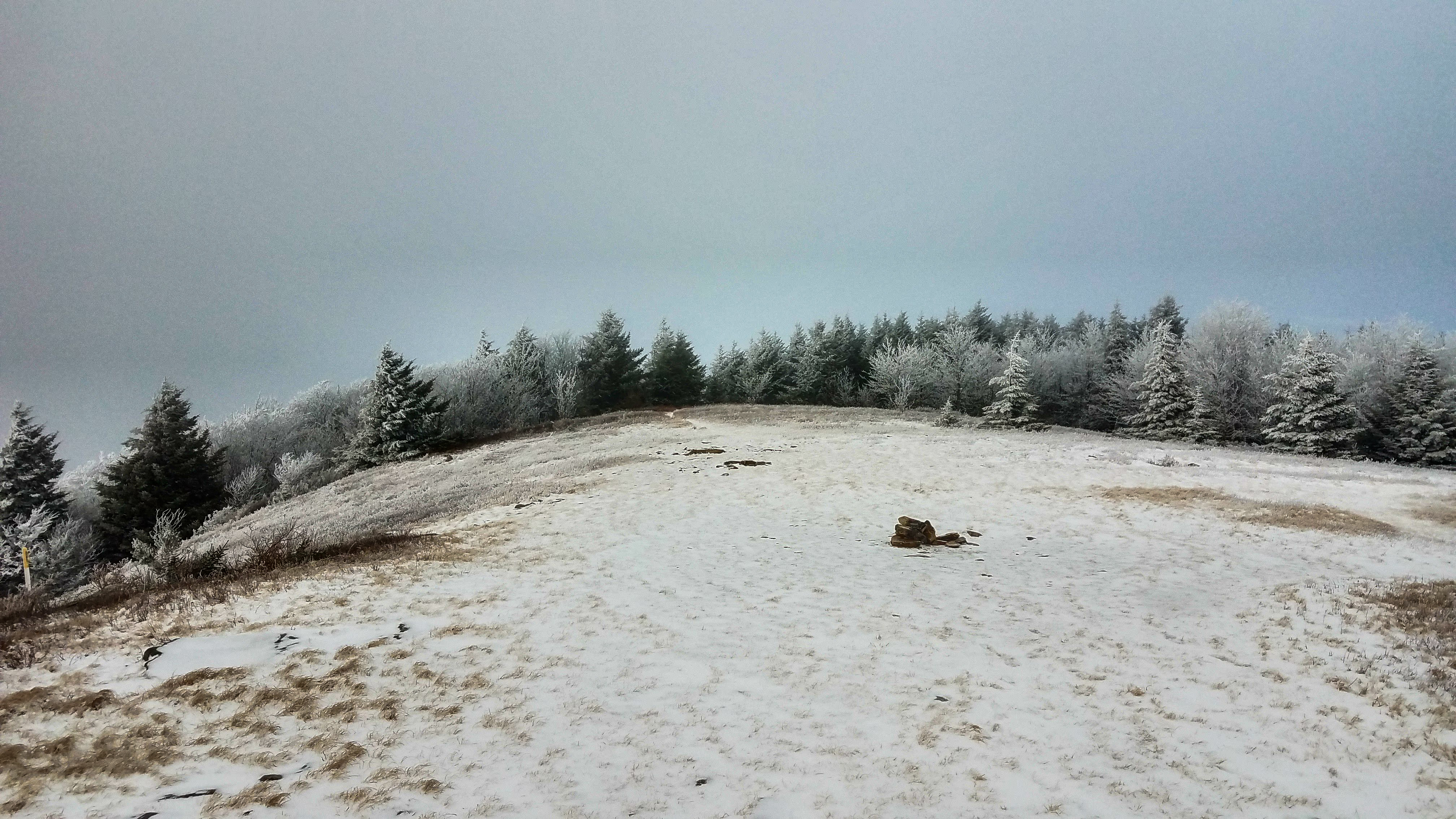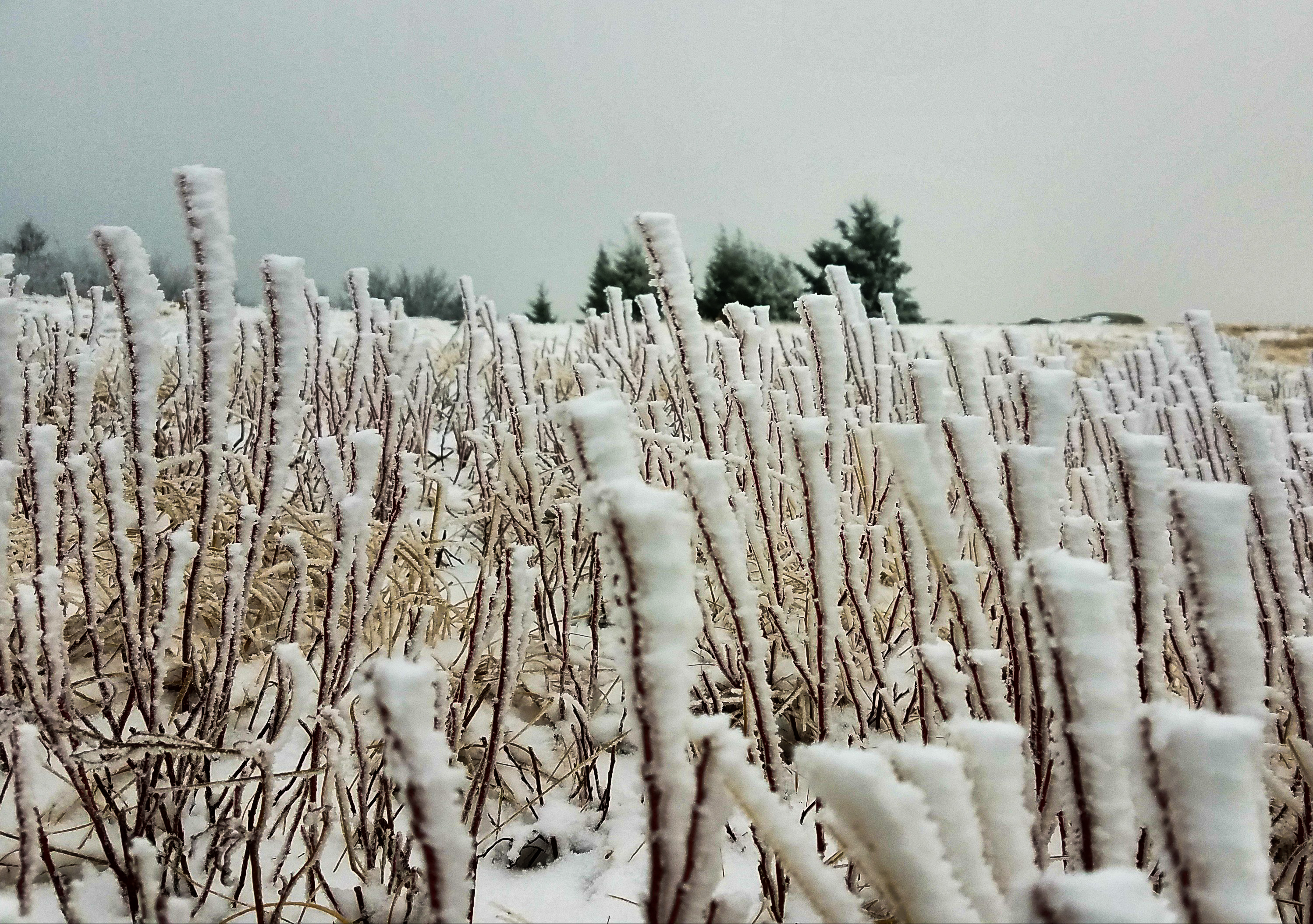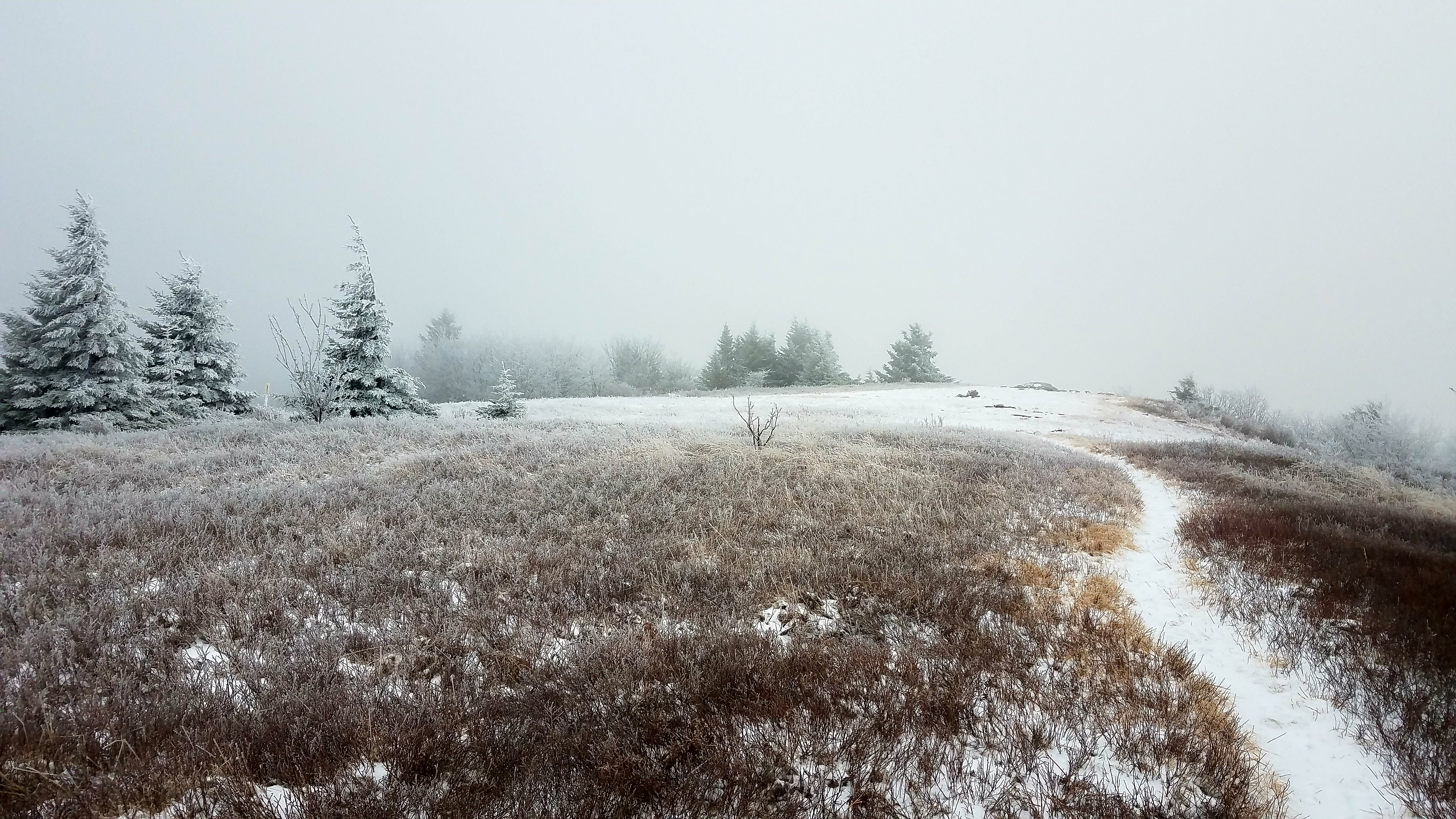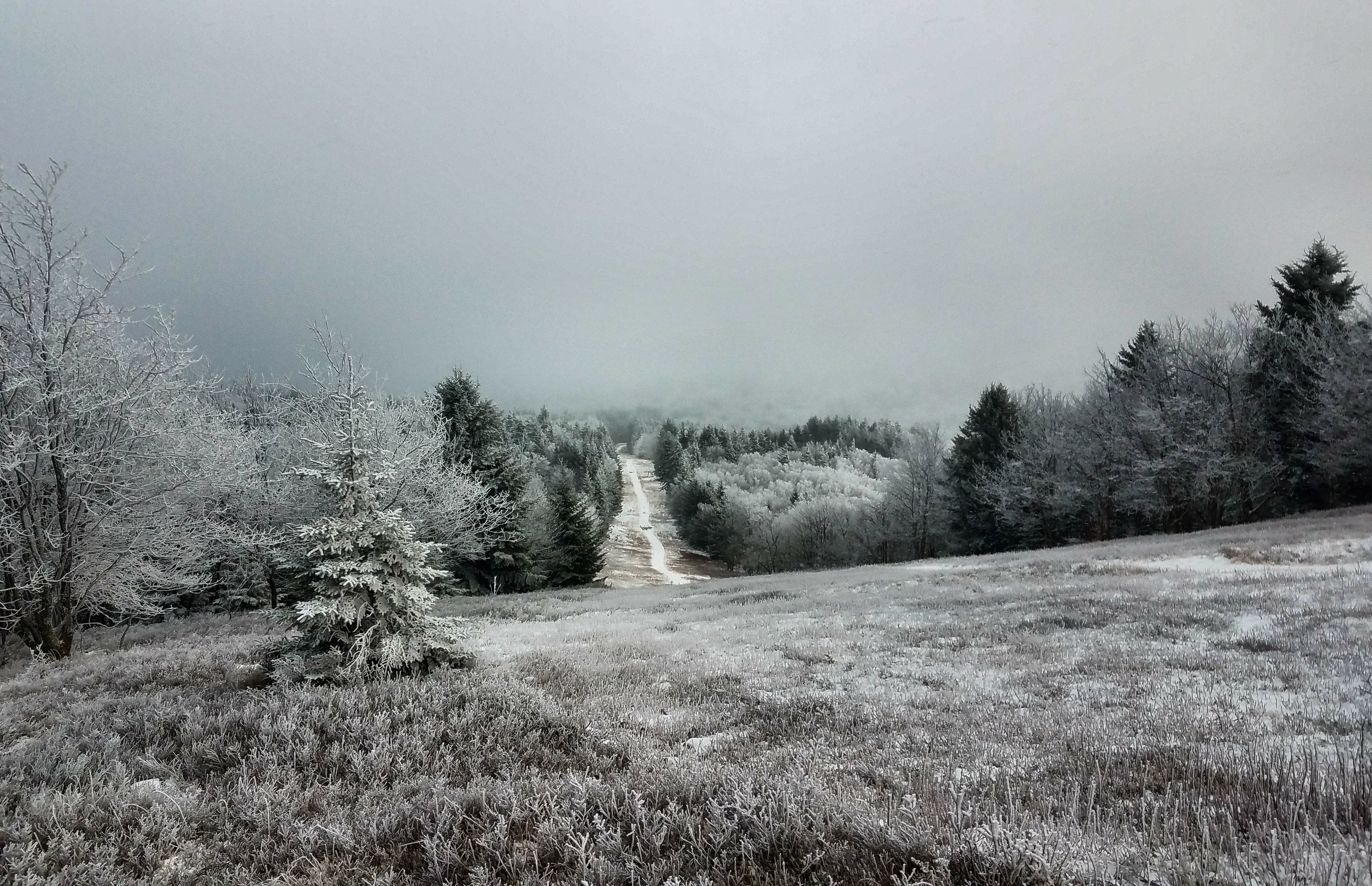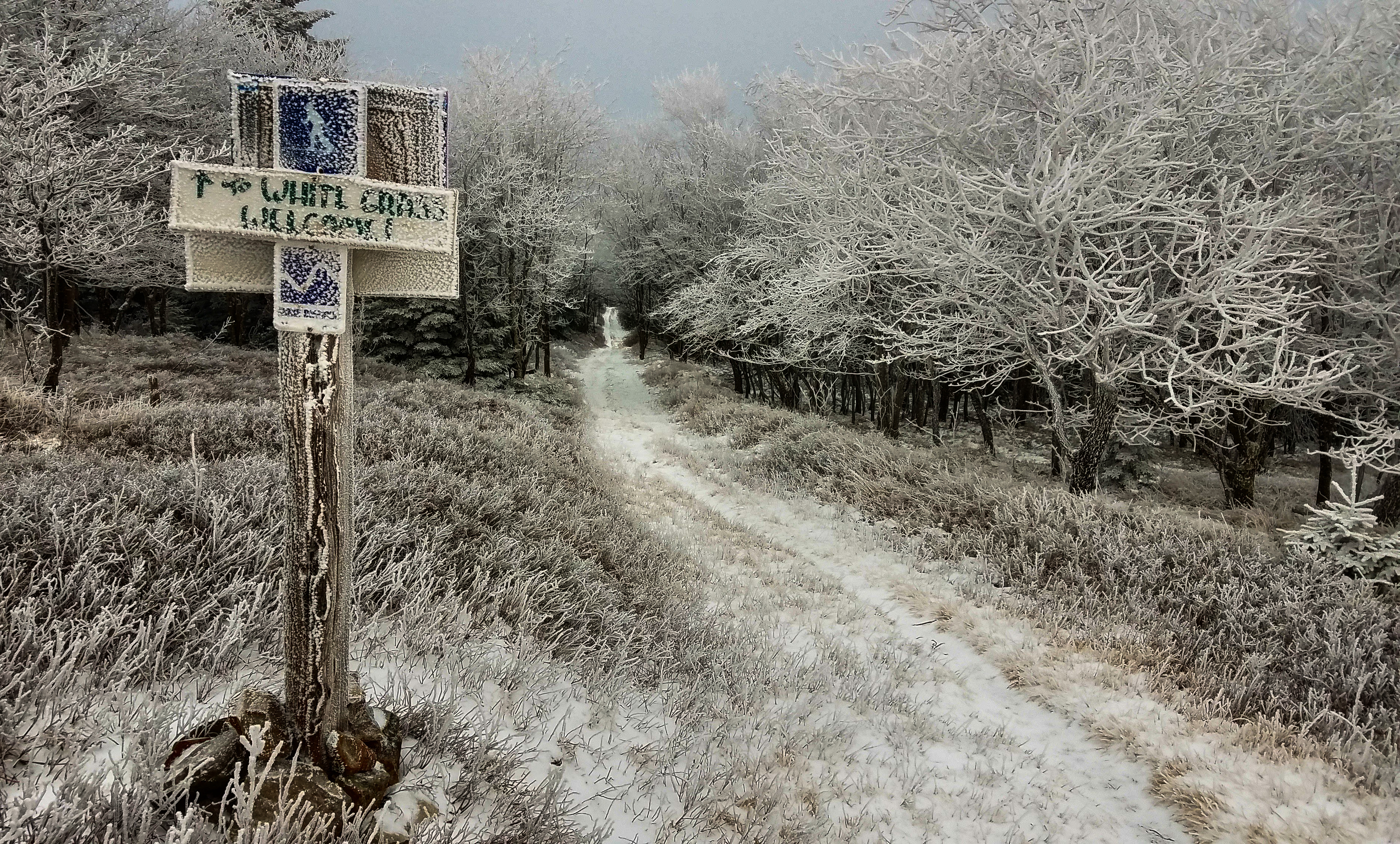Rewritten
While adventuring in Colorado, Nikki and I took a break from sliding on snow and sucking thin air on 14ers to rock climb in Eldorado Canyon, a legendary crag infamous for its scary trad routes, runout gear placements, and old school grading.
We climbed Rewritten (5.7), an Eldo classic that was first climbed in 1967. The six-pitch route ascends the 500-foot Middle Buttress with a spectacular, airy finish on Rebuffat’s Arête. Nikki and I were led by our partner-in-climb Goran Suleta, a certified Bosnian badass who wakes up at the buttcrack of 4 a.m. to backcountry ski in the Rockies and dine on 45-degree couloirs for breakfast before heading to his day job as a specialized medical equipment technician.
Goran is a technician on the rock as well—he hadn’t climbed outdoors in months and was gung-ho to lead the route off the couch because he “wanted to get scared a little.” Don’t let the 5.7 grade fool you—Eldo trad climbing is just as old school and sandbagged as our home fright fest of Seneca Rocks. The initial 5.6 pitch involved small nut placements and delicate climbing in a shallow dihedral, and kept Goran on his toes in more ways than one.
The top of the second pitch pulled over a blunt bulge that had Nikki cursing her small stature. While at the belay, we enjoyed watching a brave soul struggle up a steep 5.10d corner while his partner shouted encouragement from a hanging belay. Nikki and I shuddered at the thought of being in their climbing shoes.

A lead climber fights his way up some steep rock on a 5.10d pitch as his belayer shouts encouragement from below.
The crux traverse to open the fourth pitch is an airy, heart pounding affair that leads to a superb, vertical hand crack, and the belay provides the best on-route photo op.
Nikki followed the pitch with style and grace while I huddled in the cold, windy corner and shot photos. The contrast of neon lichen on red rock against the backdrop of classic Colorado mountain scenery had me thinking about starting to save for a wide-angle lens.
Those thoughts ceased as I began dancing my feet across the delicate traverse and slotting my hands in the impeccable crack above. Goran combined the last two pitches, the first of which ascends the runout knife edge of Rebuffat’s Arête, to present us followers with the headpoint crux: downclimbing the detached top of the arête and stepping over a madly exposed gap to the final headwall.
Normally, the arête is done as the fifth pitch, leaving the short headwall as the sixth and final pitch, thus eliminating the need for the poorly protected step-over move. But that would have been boring, and we all howled like wild wolves as we precariously picked our way up the arête, cleaned the gear, and tiptoed over to the perceived safety of the 5.6 headwall. My tail is still between my legs a little for not tying in to the sharp end for at least one pitch, but while experiencing an Eldo sandbag firsthand, I found myself repeatedly muttering, “Thank God I’m not leading this pitch.”
The route tops out on the small spire of the Middle Buttress and offers breathtaking views of the southern portion of the Flatirons to the north, Boulder and the high plains to the east, the towering southern side of Eldorado Canyon, and snowcapped 14ers of the Rockies to the west. Although the summit is quite exposed, an easy scramble down some boulders leads to a walk-off descent that meanders through the pine forests clinging to the brilliant red and green Eldo rock.
On our descent, Goran shared his Eldo climbing stories, and pointed out a striking 5.11c arête that he said probably gets free-soloed ten times a year. The speed record (car-to-car) is held by two madmen who ran, climbed the route, descended, and ran back to the parking lot in… 25 minutes. Which is about the time it took me to write this blog post. I’ll leave it at that.






























